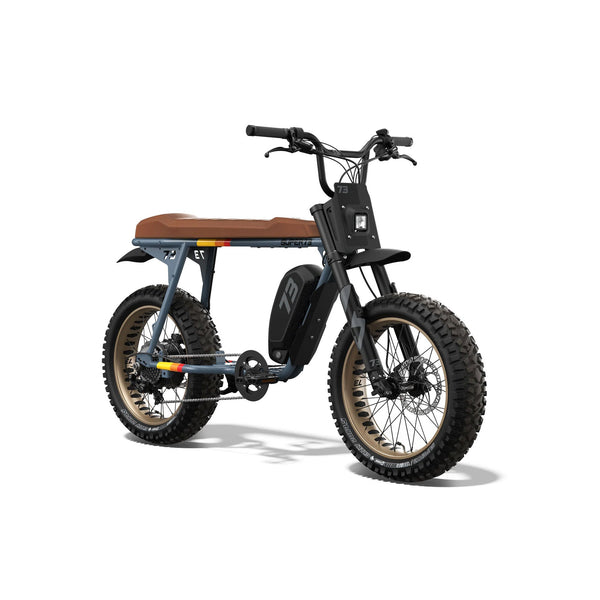Cadence and torque sensors: what's the difference?
Oct 06, 2023
Cadence and torque sensors are two different types of sensors used in electric bikes (e-bikes) to assist the rider with pedalling. They play a crucial role in how the electric motor provides power to the bike’s drivetrain. If you’re not familiar with the mechanics of e-bikes, this blog post should clarify things and help you make a more informed decision when buying an e-bike.
Cadence Sensors
A cadence sensor is located on the crank of the bike and measures the speed at which the rider is pedalling, which is usually in revolutions per minute (RPM). It detects the rotational movement of the pedals with magnets and sends this information to the e-bike’s motor controller. Based on the cadence data, the motor controller determines when to provide electric assistance to the rider.
This means e-bikes with cadence sensors accelerate quickly and you can get up to speed in a short space of time, but it also means that there’s little control over your speed because as long as the pedals are moving, the motor is providing power which offers a consistent level of assistance, regardless of how hard the rider is pedalling. But when you stop pedalling, the motor stops, so it’s either or.
E-bikes with cadence sensors can be a lot of fun, due to the acceleration and speed, but the downside is that it doesn’t provide a natural feel since the assistance level isn’t tied directly to the rider’s effort. In other words, pedal fast or slow and you’ll get the same level of assistance.
Cadence sensors are typically simpler and less expensive than torque sensors.


Torque Sensors
In contrast, a torque sensor is smarter and more sensitive, measuring the force that the rider applies to the pedals rather than the revolutions. It gauges how hard the rider is pedalling and provides assistance based on the amount of force being exerted. The more force the rider puts into the pedals, the more electric assistance the motor provides.
So, when you’re pedalling hard uphill, the torque sensor feels the pressure and sends this information to the motor, which will kick in and take on the heavy lifting. This type of sensor offers a more natural and responsive riding experience, as it closely mimics the feeling of traditional pedalling.


Summary
In summary, the main difference between cadence and torque sensors on an e-bike lies in how they measure and respond to the rider’s input. Cadence sensors focus on the speed of pedalling, while torque sensors measure the force applied to the pedals. Torque sensors provide a more dynamic and responsive assistance experience, closely resembling traditional cycling, but they tend to be more costly. Cadence sensors are simpler and less expensive, providing quick acceleration, but don’t provide the same level of natural feel and responsiveness.



The Super73 Miami and ZX that we sell at RideOn E-Bikes have cadence sensors, whilst the S2, S Adventure Series, RX and R Adventure Series, all have torque sensors. Different again is the Advanced Recos that we also hire and sell. These are powered by a mid-drive Bosch motor which sit between the crank arms and pedals and measure both cadence and torque.
In terms of which one is best, there’s no definitive answer to that because the choice between the two really depends on the rider’s preferences, budget, and desired riding experience.

If you’d like to find out more about any of the e-bikes that we sell at RideOn E-bikes, give us a call on 01736 888777 or email us at hello@rideonebikes.co.uk



